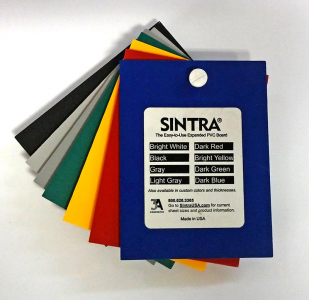- Joined
- Jan 10, 2019
- Messages
- 1,042
Background:
I became fascinated with making a wooden gear clock and had ordered some plans (think of it as much a clock as a kinetic sculpture). Builders of this type of clock typically use Baltic birch plywood (3/8" and 1/2"), so I did as well because I like the look of wood. I got part way done before realizing that my laser printer (that I was using to create the cut templates) added some distortion. Because of this, the gears may well bind, and I don't want to continue for hundreds of hours only to have that happen. This sort of took the wind out of my sale for making it from scratch.
The next step (of frustration) was to have the parts cut with a CNC router, which was done. What I didn't realize is, being plywood, there's a ton of splinters that have to be carefully sanded, and in some places, some of the outer ply had popped off. These parts could be made to work, but it's sooo much sanding (it's about a dozen gears, ranging from 7 to 70 teeth, and from 1/2" OD to about 8" OD.
I then though, cut them with a laser. The only place that replied quoted $600 (prompting me to wonder if I should build my own first, but I digress). Anyway, it was about this time that I wondered if I should consider other materials. While I really like the look of wood, having no clock because of the trouble with the material is making me consider branching out. The catch is that regardless of material type, it needs to be stiff and light. Clock gears must have very low rotational inertia, else they'll overwhelm the pendulum and they won't stay running. This seems to rule out brass, having all the weight at the outer edge of the gear circle. Aluminum and various plastics, maybe, but they're still heavier than wood, unless there's a plastic I'm overlooking.
I also considered creating them via 3D printing, but the same applies, with the resulting parts probably having too much rotational inertia.
Depending on the type of material I go with will determine how it's machined, and whether I'll do it myself.
Thanks.
I became fascinated with making a wooden gear clock and had ordered some plans (think of it as much a clock as a kinetic sculpture). Builders of this type of clock typically use Baltic birch plywood (3/8" and 1/2"), so I did as well because I like the look of wood. I got part way done before realizing that my laser printer (that I was using to create the cut templates) added some distortion. Because of this, the gears may well bind, and I don't want to continue for hundreds of hours only to have that happen. This sort of took the wind out of my sale for making it from scratch.
The next step (of frustration) was to have the parts cut with a CNC router, which was done. What I didn't realize is, being plywood, there's a ton of splinters that have to be carefully sanded, and in some places, some of the outer ply had popped off. These parts could be made to work, but it's sooo much sanding (it's about a dozen gears, ranging from 7 to 70 teeth, and from 1/2" OD to about 8" OD.
I then though, cut them with a laser. The only place that replied quoted $600 (prompting me to wonder if I should build my own first, but I digress). Anyway, it was about this time that I wondered if I should consider other materials. While I really like the look of wood, having no clock because of the trouble with the material is making me consider branching out. The catch is that regardless of material type, it needs to be stiff and light. Clock gears must have very low rotational inertia, else they'll overwhelm the pendulum and they won't stay running. This seems to rule out brass, having all the weight at the outer edge of the gear circle. Aluminum and various plastics, maybe, but they're still heavier than wood, unless there's a plastic I'm overlooking.
I also considered creating them via 3D printing, but the same applies, with the resulting parts probably having too much rotational inertia.
Depending on the type of material I go with will determine how it's machined, and whether I'll do it myself.
Thanks.


